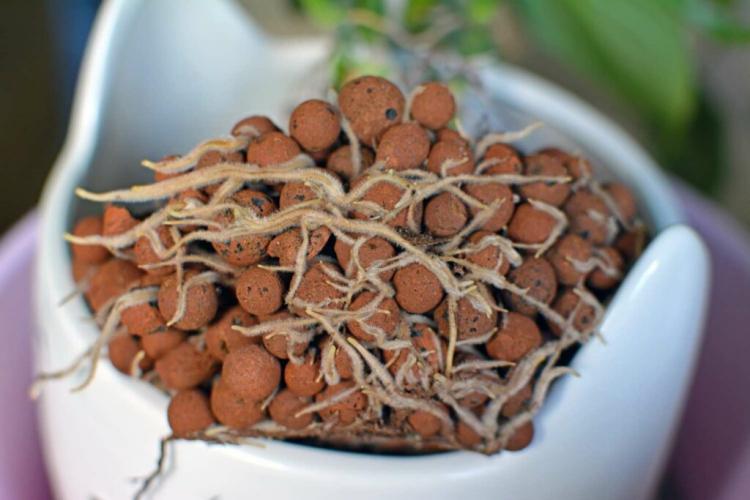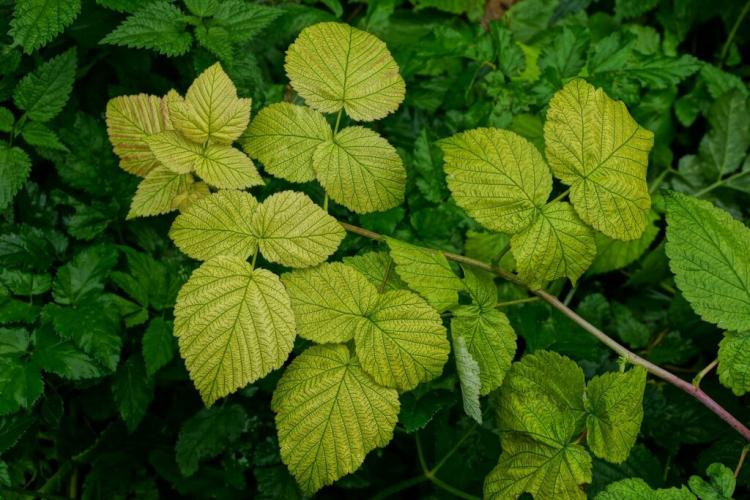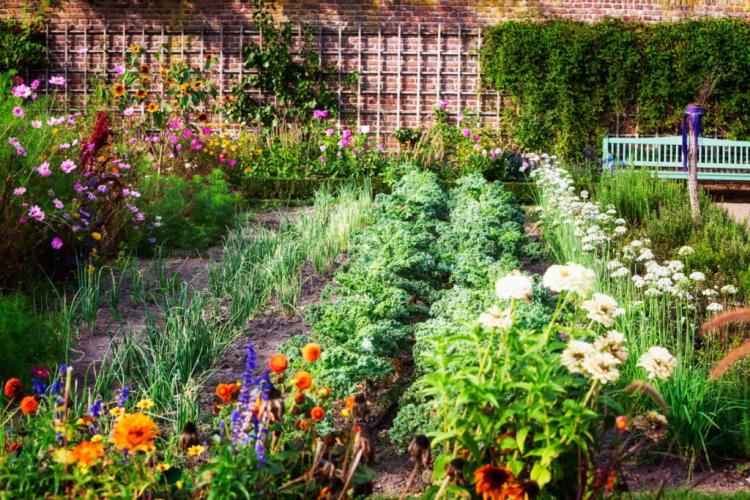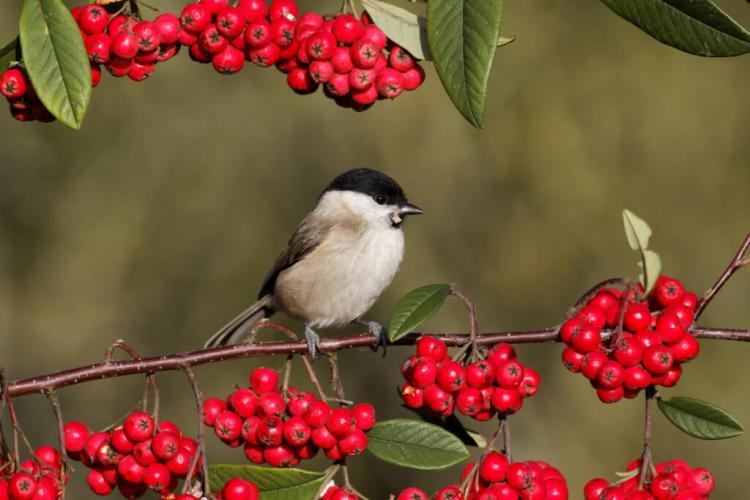Oyster Plant: Everything About the Exotic Plant
Seafood from the garden? The oyster plant tastes almost like its namesake. We’ll show you how the oyster plant feels at home with you too .
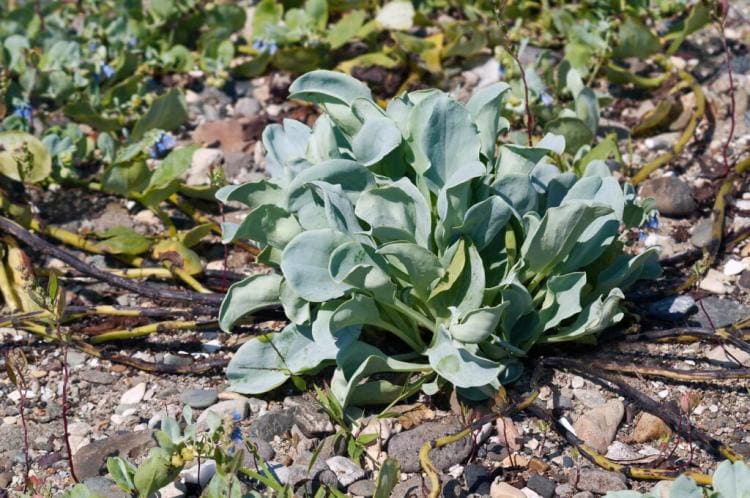
The exotic oyster plant is easy to grow in the garden [Photo: Nikolay Kurzenko / Shutterstock.com]
The oyster mushroom is known to many, but the oyster plant? Hardly anyone knows the delicate-leaved plant. In Germany in particular, the plant remains a real rarity. Wrongly, after all, the oyster plant ( Mertensia maritima ) has all kinds of abilities: Not only does it taste confusingly similar to the seafood of the same name, it can also be grown without any problems. In our article we will show you what the oyster plant needs to feel good in your garden.
Oyster plant: what is it?
Table of Contents
The oyster plant originally comes from the coastal regions of Northern Europe, for example from Scotland or Iceland. In keeping with the harsh climate that prevails there, the oyster plant is very robust and can also cope with the German winter wonderfully. Its appearance is also not to be ignored: Only 10 to 15 cm high and rather flat-growing, it is an attractive ornamental plant with its blue-green, slightly silvery leaves. The oyster plant is particularly beautiful in its bloom: The small, blue and pendulous flowers are not only a real eye-catcher, but also contributed to the fact that the oyster plant is popularly known in many places as the “blue of the valley” today.
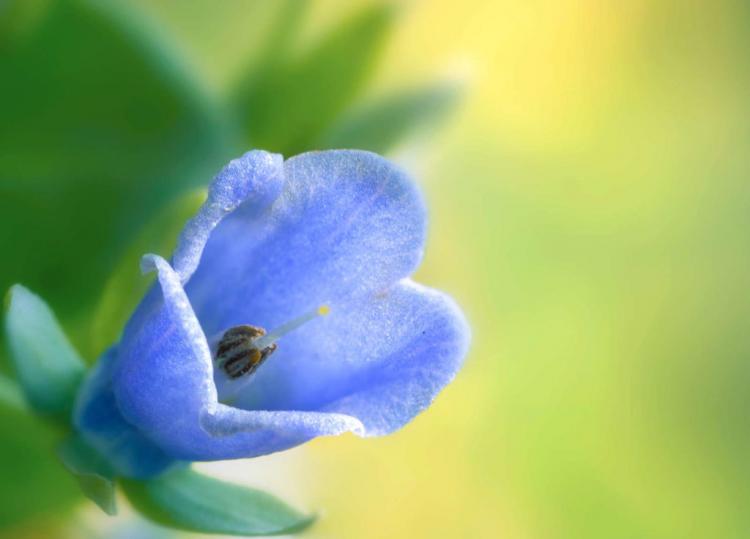
The flowers of the oyster plant are beautifully blue [Photo: Danny Hummel / Shutterstock.com]
Oyster plant: location and soil requirements
Fortunately, the oyster plant is quite easy to please. A sunny or at least partially shaded spot is important for them. The oyster plant, on the other hand, likes its soil sandy and rich in humus. Above all, it is important that the substrate is loose and well permeable to water – the small plant does not tolerate waterlogging well. Slightly salty soils, on the other hand, are good for the plant thanks to its maritime roots – so it can be cultivated particularly well in coastal regions.
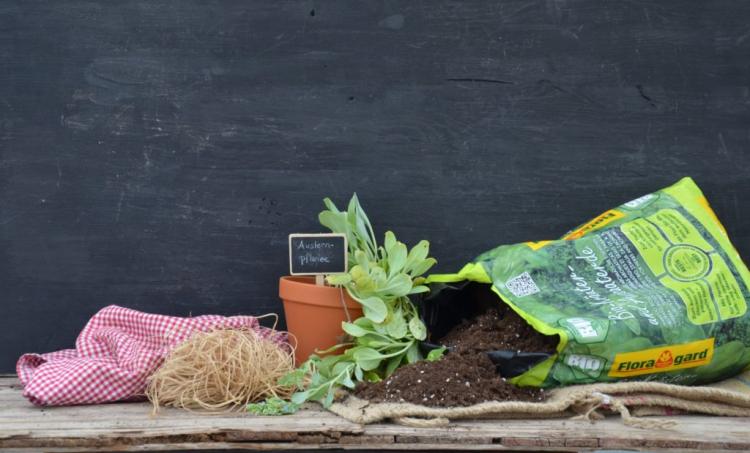
The oyster plant likes sandy and humus-rich soils (Advertisement: Many thanks to Floragard)
Plant oyster plant
Anyone who wants to give the oyster plant a new home basically has two options: On the one hand, the oyster plant can be sown, and on the other hand, the oyster plant can be propagated vegetatively by dividing it. The vegetative division has the advantage that you see direct results and don’t have to wait forever for the first seedlings. The best time to plant the cuttings is in the spring, when the temperatures are not yet too high, but no late frosts are to be feared either. However, there is one major disadvantage: you already need an oyster plant to get new parts of the plant. Since the plant is still relatively unknown in Germany, this is often a difficult undertaking.
* in cooperation with Floragard
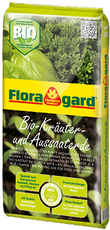
Obtaining seeds for the plant, on the other hand, is relatively easy thanks to the Internet. The seeds can be sown in the autumn in a pot or directly outdoors, but should only be covered with a little soil, as they are light germs. Furthermore, the seeds need temperatures of around 5 ° C in order to start germinating at all – so it is not possible to grow them indoors. The seeds must not dry out either, which is why they should be watered regularly without waterlogging. A disadvantage of this method: the seeds germinate very unevenly and over a long period of time, which can make the garden look unattractive at first.
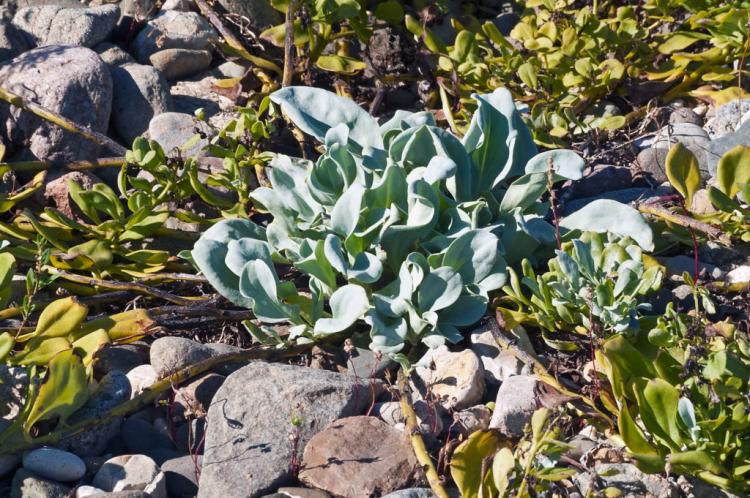
There are several ways to plant an oyster plant [Photo: Nikolay Kurzenko / Shutterstock.com]
Maintain oyster plants
The oyster plant is actually relatively easy to care for, but a little support does not harm the plant. Regular prunings help the oyster plant to stay in shape and develop stronger stems. The plant also supports the removal of dead or surplus flowers: This way, it can put its energy into its secret climax, namely into its intensely aromatic leaves. Otherwise, a little fertilizer doesn’t do any harm, just as regular watering doesn’t do any harm. Here, however, one should proceed with caution: The oyster plant does not tolerate drought or waterlogging, so a sure instinct is required. A primarily organic long-term fertilizer such as our Plantura organic universal fertilizer is recommended as a fertilizer.
Oyster plants in a pot
Even if the oyster plant quickly feels at home in most gardens, the pot is often a worthwhile alternative. There are two main reasons for this: The oyster plant is a real snail magnet. The slimy creatures are crazy about the plant and literally fall on them. Despite snail protection and the like, it is hardly possible to protect the oyster plant from the snails in the bed. On the other hand, a pot that has been raised a bit creates an insurmountable wall and the snails no longer stand a chance.
Another reason for the culture in the pot is that the oyster plant can spread almost explosively in the bed. If the conditions are right, the small plant reproduces quickly and efficiently via runners – other plants hardly stand a chance and are driven away. In a pot, on the other hand, the oyster plant stays where it belongs.
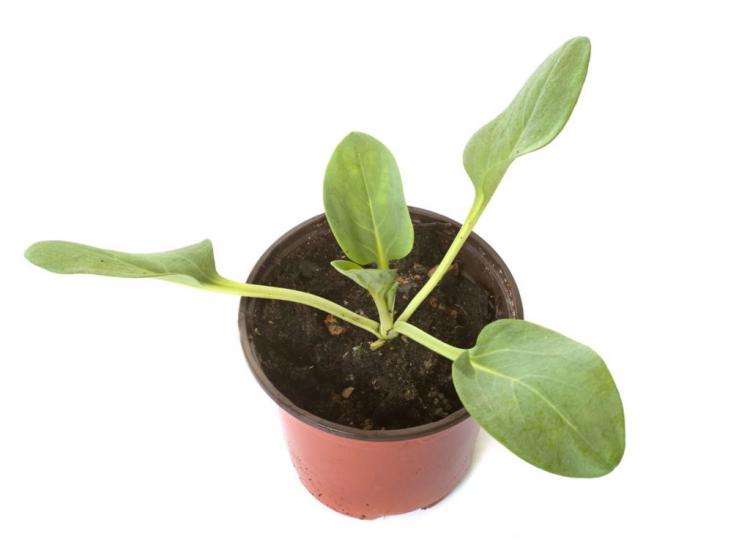
Cultivating in a pot can offer some advantages [Photo: cynoclub / Shutterstock.com]
Eat oyster plants
Of course, you can not only look at the oyster plant, you can also eat it. You can use the plant regularly from spring to autumn. Harvesting is only not possible in winter because the above-ground parts of the plant die off and only sprout again in the next spring. You shouldn’t overdo it with the harvest either: about half of the leaves should be left on the plant, otherwise you run the risk of them perishing.
The leaves are a real treat in the kitchen. They taste wonderfully intense like seafood and are the ideal addition to salads or bread. The oyster plant also tastes excellent with fish dishes. However, the leaves should not be cooked. Because in hot water, the leaves not only lose their color, but also their beautiful aroma.

The leaves taste like seafood [Photo: sylv1rob1 / Shutterstock.com]
Like the oyster plant, the sea kale ( Crambe maritima ) is a so-called halophyte (salt plant) and thrives in coastal soils enriched with soluble salts.

